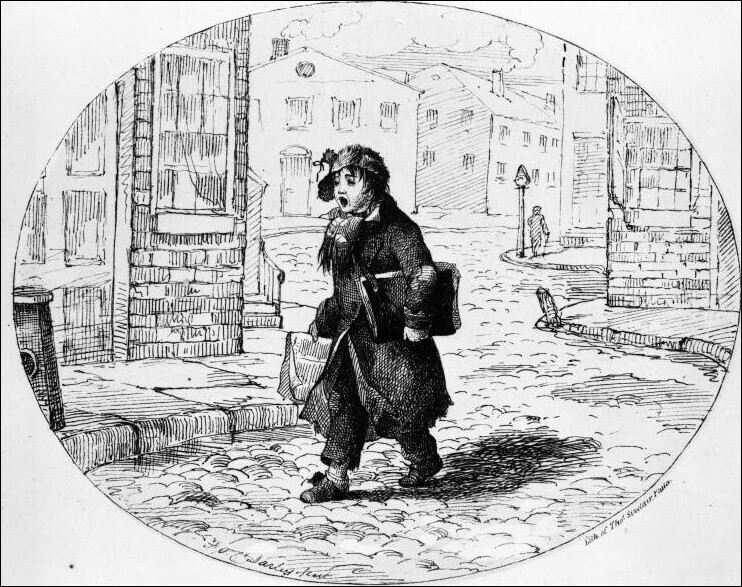Authors:
Historic Era: Era 4: Expansion and Reform (1801-1861)
Historic Theme:
Subject:
Winter 2021 | Volume 66, Issue 1


Authors:
Historic Era: Era 4: Expansion and Reform (1801-1861)
Historic Theme:
Subject:
Winter 2021 | Volume 66, Issue 1
Editor's Note: Vincent DiGirolamo is a professor of history at Baruch College in New York City. This essay is adapted from his most recent book, Crying the News: A History of America's Newsboys (Oxford University Press), which won the 2020 Frederick Jackson Turner Award from the Organization of American Historians, among others.

“To see a News Boy in all his glory, you must get up an hour before day break,” advised the New York Sunday Morning Atlas in 1840. “Direct your steps towards one of those profitable establishments called a cash paper. As you near it you will hear the hum of many voices, mixed with a deep bass rattling sound, to which they play a sort of falsetto. You come to the office and you are suddenly in the midst of a troop of Lilliputians. A number of them are gazing anxiously down a cellar from which a considerable quantity of steam ascends, through which steam appear several twinkling lights like stars in a fog.”
So begins one of the first journalistic descents into the world of the newsboy. It was a noisy, subterranean world shrouded in vapor, cloaked with romance, and now blurred by the mists of time. Our guide remains a mystery as well, perhaps one of the paper’s three proprietors or an anonymous penny-a-liner who labored under flickering gaslight on the margins of fame and penury.
Yet his reporting enables us to see and hear with astonishing clarity how a new occupational group came of age in “Young America” and became its principal symbol, embodying the exuberance and possibility of a republic that had survived its revolutionary infancy and was about to enter the next glorious stage of its national life.
In the seven years since they first flogged their papers on the streets of New York, newsboys had cropped up in most American cities and formed one of the nation’s first urban youth subcultures. Their castoff clothing, unintelligible slang, and adolescent swagger alerted all who saw and heard them that they were lads who knew the tricks of their trade and the ways of the world. “Nature seems to have contemplated a peculiar race of juveniles expressly to become Newsboys!” mused one natural philosopher.
To make good on his promise to “show the News Boy up in all his peculiarities,” the Atlas man had to go no farther than his own office. As the newspaper’s powerful presses rattled and belched in the cellar, he took in the scene. He saw several boys “indulging in a snooze” and noted that when the weather was fine